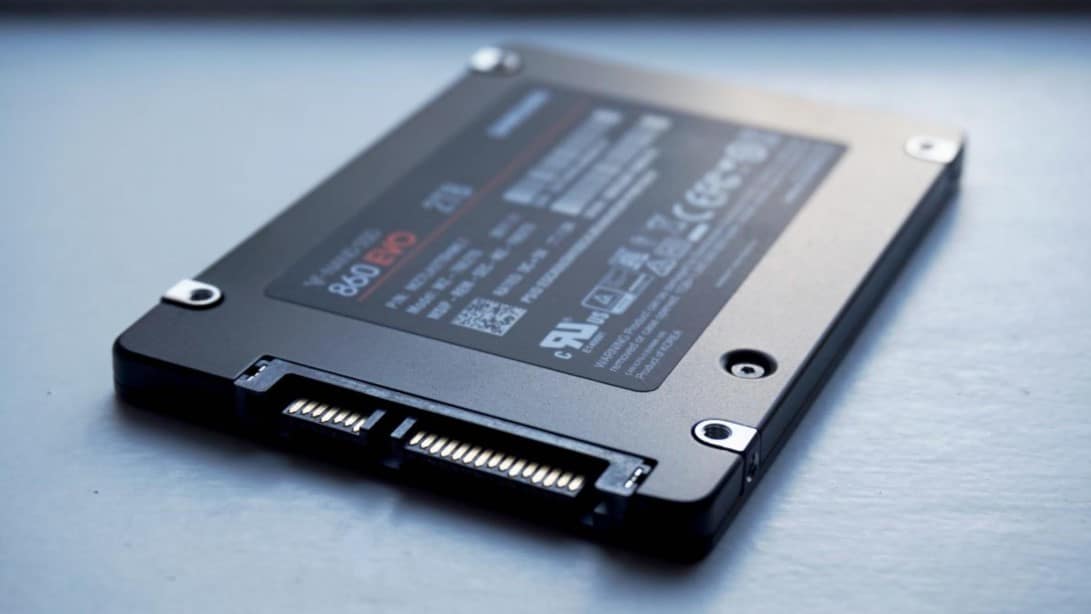461
If an SSD hard disk is not recognized, sometimes simple measures can help to solve the problem.
SSD hard disk is not recognized – simple solutions
First, read our practical tip for installing SSD hard disks to connect the SSD properly. Both the data and power cables must be firmly seated on the corresponding connectors. If the hard disk is still not recognized, you should try the following tips:
- Restart: Restart the computer. When you restart, the drivers for the SSD are reloaded. This may already solve the problem.
- Check the connection: If an external SSD hard disk is not recognized, try a different USB slot. If the problem persists, the cable may be defective. Try connecting it with a different USB cable. With internal SSD drives, the cause of the error may be the connector or, with a SATA connection, the cable. Check that the connection is secure.
- If the steps mentioned in the first section do not lead to the desired result, the BIOS may provide a solution.
- Make sure you have the latest BIOS update for your mainboard. In most cases, necessary controller driver updates are provided via BIOS updates.
- If the SSD is still not recognized, you should try to disable AHCI in the BIOS. To do this, you have to open the BIOS and switch the AHCI mode to “Disabled”. This technology is actually designed to ensure smooth interaction between the system and SATA controllers, but at least with older boards, AHCI has the opposite effect.
- Then start your computer as usual and the SSD hard disk should be recognized without any problems.
Initialize SSD
If it is a new disk, it may be that the PC recognizes the disk but no drive letter has been assigned yet. Therefore, check whether the hard disk has been initialized.
- To do this, open the disk management. If you can recognize the SSD hard disk you are looking for by its size, but no dialog box opens and only one drive letter is displayed, the solution is simple.
- Right-click on the disk to open the context menu. Select “Change drive letter and paths…” and then “Add”. Select the option “Assign the following drive letter” and confirm with “OK”.
- However, if a dialog box asking about the MBR or GPT partition style appears when you start the disk management program, select “GPT”.
- The hard disk you are looking for is displayed with a black bar and the label “Unallocated”. Right-click again to open the context menu, click on “New simple volume…” and then twice on “Next”.
- Now assign a drive letter as before. You will then be prompted to format the hard disk. You can accept the default settings.
